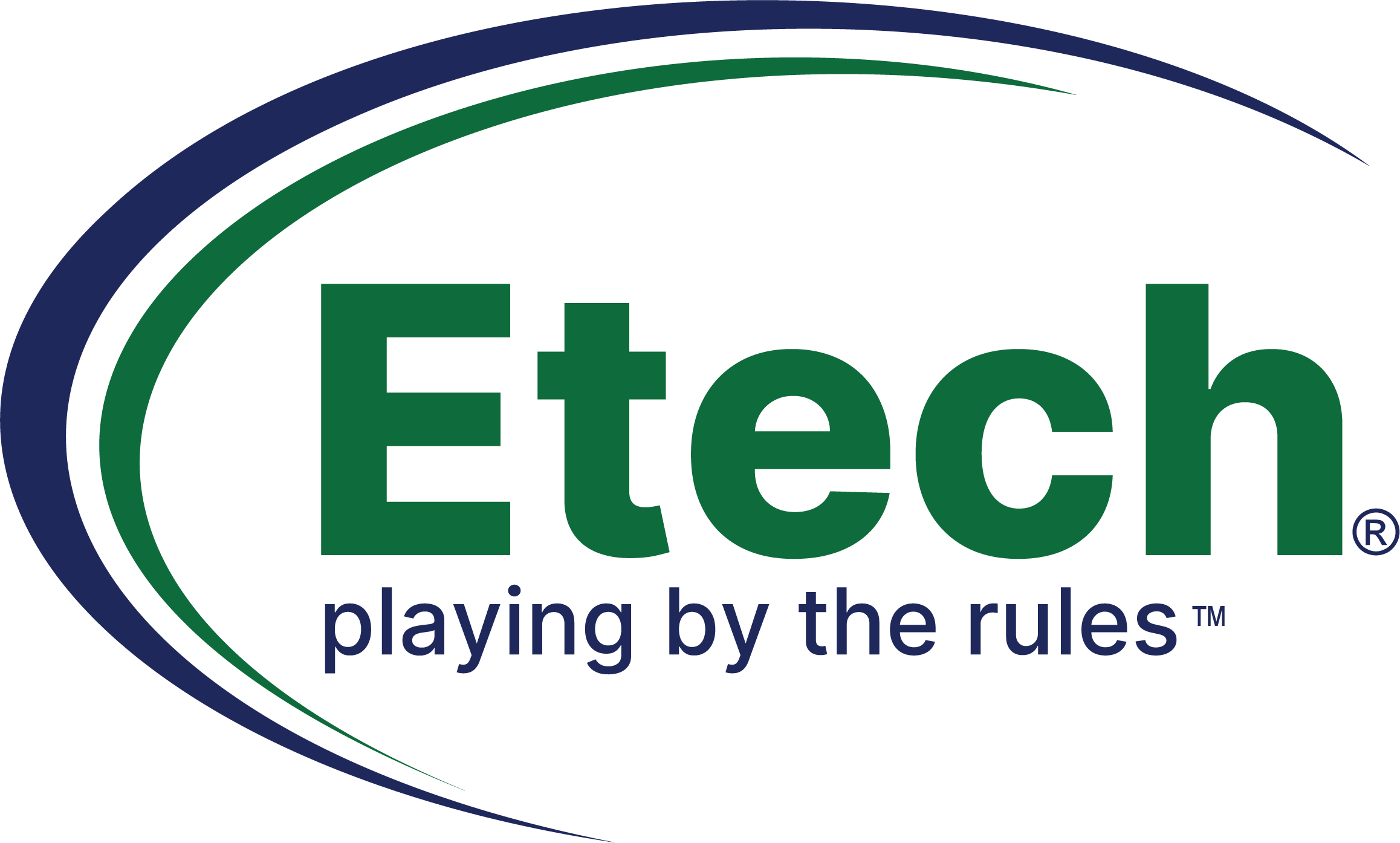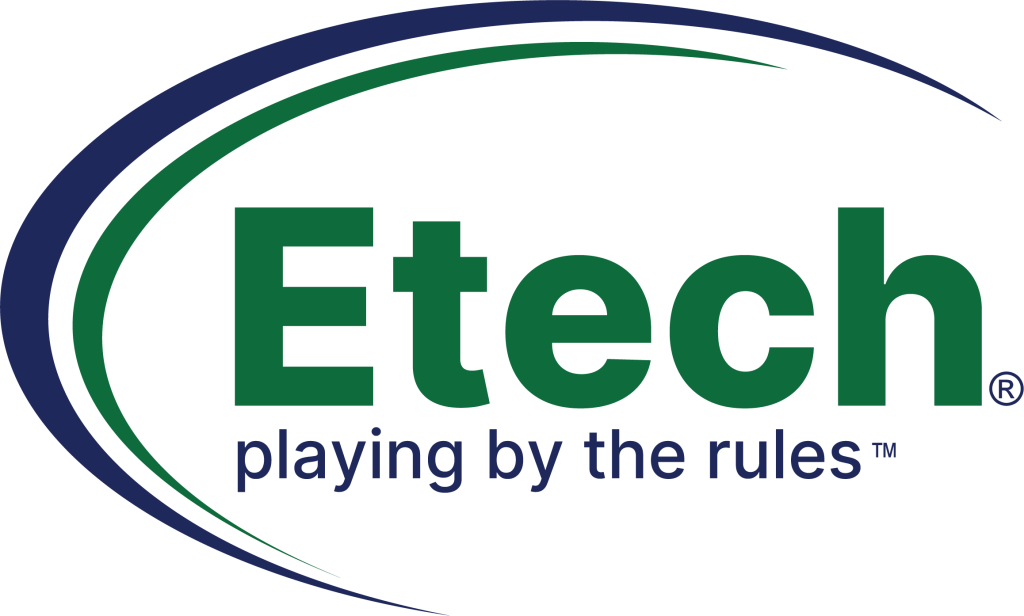Push Marketing to Pull Marketing Through Social Media Acquisition
Selling your products or services requires regular and consistent communication with your customers. In the traditional model, push marketing was the preferred mode of communication as it focuses on putting the product in front of the customer, for example through advertisement placement on primetime television and billboards. Pull marketing on the other hand focuses on drawing customers to you. It targets the right customers at the right place and time. In the 21st Century, it became easier to pull customers because of the rapid growth of internet use. Social media has opened up markets that were previously unreachable. One way to grow your company is through acquisitions, for example acquiring other business or their customers. Effective sales teams should consider how to grow pull marketing through social customer acquisition. Social customer acquisition is about building and maintaining relationships for retention purposes. Statistics show that 77% of B2C companies acquired customers through Facebook while 54% of B2B marketers said they generated leads through social media. You can either grow or kill your business online by what you do in the social media arena. A few tips can help you achieve your share of social customer acquisitions. Create Content Sharing Calendars The first step is to know what content you want to share. You are in a position to direct the conversations that take place on your social media pages. Your content should be customer-driven, meaning it is something they are interested in reading and sharing. Content can include blog posts, Ebooks, webinars, and press releases among others. When you generate and distribute high quality content, you benefit your customers leading to a high acquisition rate. Using calendars ensures you stay organized, given the numerous number of social media platforms, on which you need to maintain presence. For example, you can plan for Facebook posts for the month and schedule them as needed. Social media providers are working to ensure you achieve your goals by offering these features. Even when you have scheduled a series of posts, remember to allow for insertion of critical current news in your scheduling plans. Scheduled content should not be used at all costs; you should maintain some flexibility in order to offer relevant content at all times. Provide Value Only when something is of value would someone waste their precious time viewing it. The same applies to online communities. Before you ask your customers for something, you need to invest in the relationship. When customers feel that you are adding value to their lives, they will be more predisposed to reciprocate when you call on them. The other essential factor for real value is the need to give more than you take from your customers. Social media is the modern equivalent of word of mouth. When you publish something of value, your customers will readily spread the word and their peers will also continue to share the valuable content creating a chain reaction of exponentially more powerful messaging. Practice Patience Sales is a game of patience. If you give up when the first response is not as expected, you will not go far with your acquisition plans. Think about the time and resources you use to create content and to promote it, you probably spend more time promoting to achieve the desired results. The same goes with building communities that lead to sales. The secret is providing value to those communities instead of pushing sales. You will make more friends by giving them what is more important to them and they in return will give you what is important to you. Practicing patience as you build genuine relationships online, will lead to improved customer retention which has a direct impact on your social customer acquisition rate. Social media is a great tool for any business and knowing how to use it to your advantage will lead to business growth. Use these three tips- creating content sharing calendars, providing value and practicing patience – to implement viable social customer acquisition. Nurture your relationships online and harness the power of social media for increased sales.


